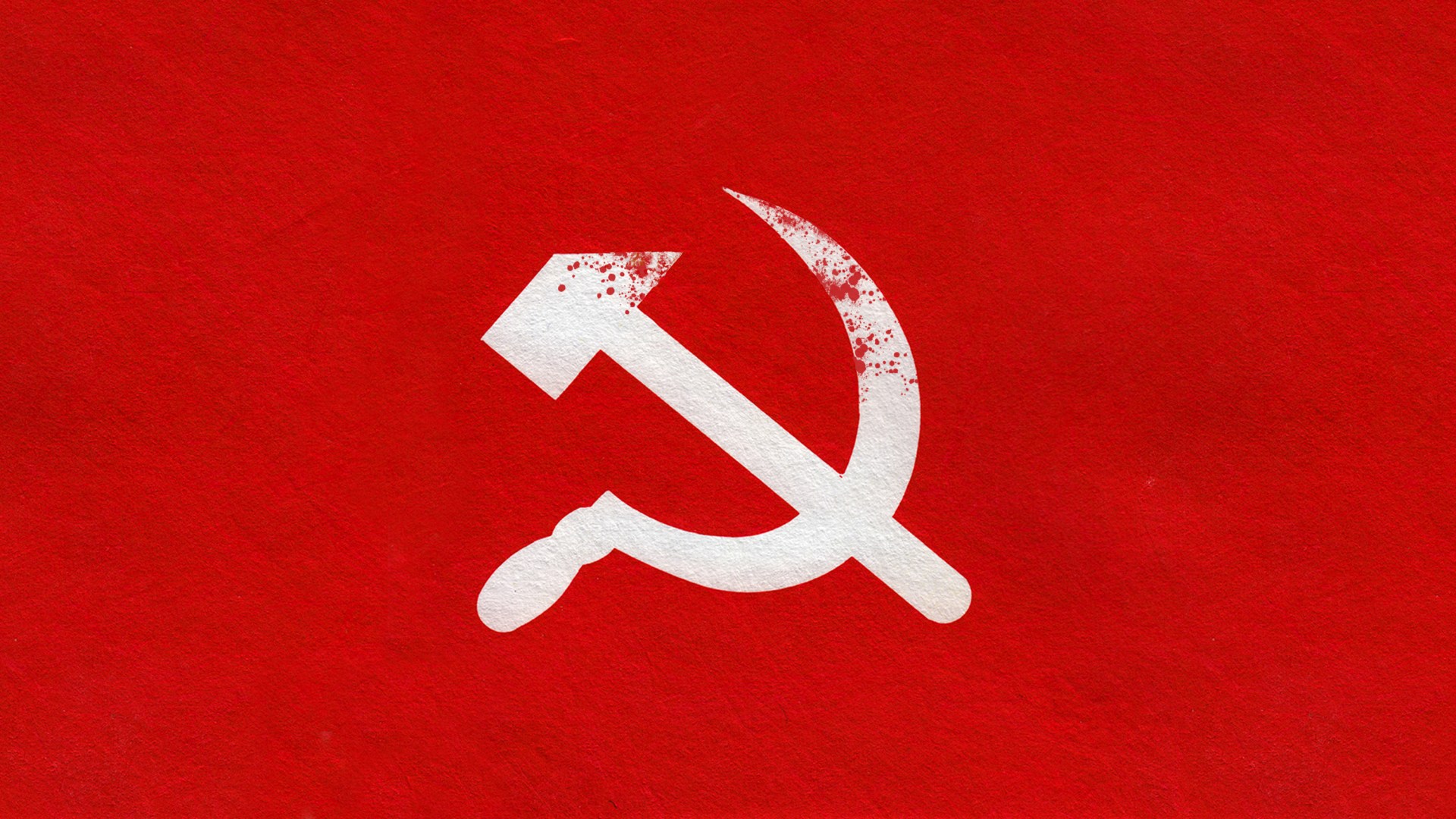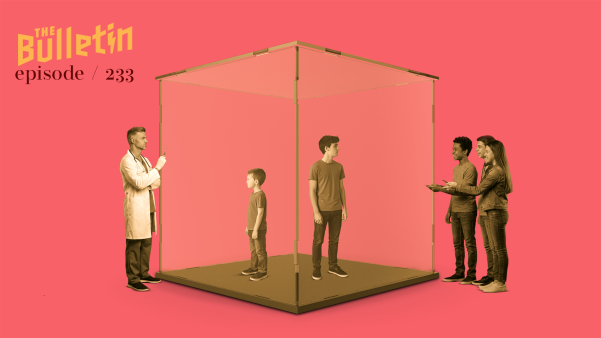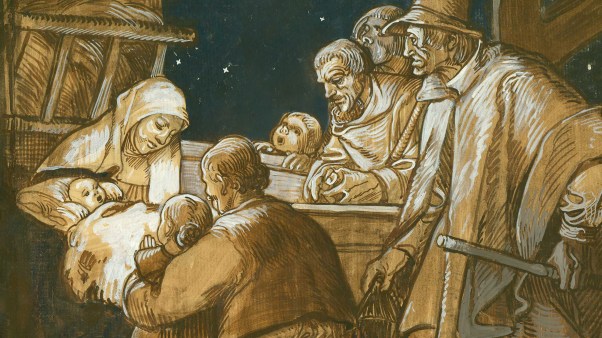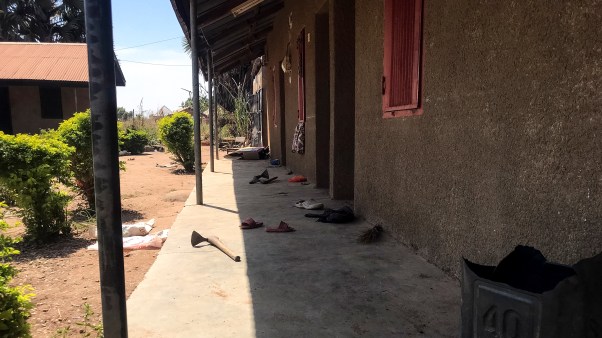Among proponents of a more secular society, it is often taken for granted that religion makes people worse. Not for nothing could Christopher Hitchens subtitle God Is Not Great, his diatribe against organized faith, with the phrase How Religion Poisons Everything. While we may, with good reason, push back against many of Hitchens’s assumptions, he was tapping into a popular cultural framework that blames religious belief for a host of ills and injustices. Within certain circles, religion’s supposed poisonousness amounts to an article of faith.
Therefore, it was a pleasant surprise to find a scholar willing to challenge this presumption, as Thomas Albert Howard does in his recent book Broken Altars: Secularist Violence in Modern History. Howard, a professor of humanities and history at Valparaiso University, undermines the common argument that the further from faith society moves, the less violent it will become.
Pointing to the practices of self-consciously secular regimes in the last few centuries, Howard posits that, far from being less prone to persecution, those movements and governments are, if anything, more likely to employ oppression and lethal force against ideological enemies. This is an unpopular claim. Many in the West today, Howard says, prefer to see the ideologies behind secular violence as wrongly implemented rather than inherently wrong.
In a sense, this book is a useful counterpart to several recent works challenging the secular paradigm that religion begets harm and destruction. Authors as varied as sociologist Rodney Stark, historian Tom Holland, and apologist Glen Scrivener have highlighted the positive role of religion in building society. Howard, for his part, looks at the opposite side of the coin. Broken Altars investigates 18th- and 19th-century movements to build a literally godless utopia, showing what really happened when their architects came to power and put their ideas into practice in the 20th century.
Simply put, once leaders compelled cultures to abandon God, the result was anything but a heaven on earth. Often enough, the reality was closer to hell.
Now, to be clear, Howard is not suggesting that religious people have always been saints. The Crusades, jihads, and other wars of religion were real. “By no means,” Howard writes, “do I deny that religious energies—particularly when tied up with ethnic identities and economic scarcity—can be turned toward destructive ends, especially by unscrupulous politicians in times of crisis and uncertainty.”
This is sadly true. After all, as I write this, stories are coming in from Syria about massacres by Islamists against rival Muslim groups, ethnic minorities, and Christians. Still, in that same paragraph, Howard remains clearheaded about the bloodshed resulting from antireligious energies:
In terms of sheer numbers, the misery, deaths, and destruction visited on religious communities by secularist regimes in the twentieth century vastly exceed the violence committed during early modern European wars of religion, which are routinely invoked to legitimize the necessity of the modern secular nation-state.
Or, put another way, the claim that secular regimes are intrinsically more peaceful and tolerant has no basis in historical reality.
The structure of this book is quite straightforward. There is a lengthy introduction, which should by no means be skipped. That chapter, even simply the latter section entitled “Difficult Words, Complex Realities,” may be worth the purchase price on its own. It has one of the finest and richest explanations I have encountered of secularism and its ongoing hostility toward religion.
Eventually, the book proceeds into four chapters that detail how secularists in the 20th century (and to a lesser degree the 19th) inflicted their ideologies on religious groups of all sorts. While Howard makes passing reference to the predations of right-wing dictatorships and conservative monarchies during this period, he mainly focuses on left-leaning and overtly Marxist movements in places like France and Spain, the Soviet Union, Cold War–era Eastern Europe, and Asia’s Communist nations.
But these case studies rest atop an earlier chapter where Howard advances one of his key insights: that not all secularists are cut from the same cloth. He does not view all forms of secularism as equally dangerous. Specifically, he lays out three types flowing from a common source. His introduction, rather than beginning with the Enlightenment, looks to the early 19th-century world of post-Napoleonic Europe as the cradle of secularism in its contemporary sense. “Confronted by a Restorationist order after 1815 intent to reassert the time-honored relationship between throne and altar … leading proponents of modernity offered three principal ways of making sense of and indeed solving the religiopolitical dilemma.”
Howard classifies these varieties of secularism as passive, combative, and eliminationist. The first is what you might see in the United States, the broader English-speaking world, and a few European nations. In this passive secularism, there may be a formal separation of church and state (as in America) or a functional one (as in Britain), but governments are likely to see religion as a partner rather than an opponent. Since there is little to no violence in such contexts, Howard spends almost no time on them.
Under combative secularism, religion is neither friend nor partner, but it doesn’t rise to the status of mortal enemy. This is what you might call the French model, implemented most notably in the French Revolution and in the secularizing movements of the early 20th century in France, Mexico, and Turkey. As the name suggests, combative secularism could be and often was violent, but its motive was removing or evading obstacles to state goals rather than destroying them outright.
Eliminationist secularism is exactly what it sounds like. Here, religion is not an ally or even just something to be avoided. It is a deadly enemy, even a rival faith, which threatens the people’s loyalty to the state and the grand cause of human improvement. This means that those who refuse to join the revolution and abandon their faith are not simply tolerated dissenters but enemies of common sense, justice, and even humanity itself.
Within regimes that embraced such thinking, Howard writes, the endurance of religion was “a major embarrassment, a worrisome sign of the failure of theory, not to mention a rival source of moral judgment and a breeding ground for political dissent.” Surely this goes some way toward explaining why 20th-century Communist regimes persecuted believers with such intensity.
In Howard’s second chapter, “Secularist Onslaughts,” we get perhaps the most unexpected part of the book. We are used to hearing stories about Marxist oppression of Christians in Russia and China. It is not so common, however, to hear accounts of official antireligious overreach in places like France—the land of “liberty, equality, fraternity,” as the 18th-century revolutionary slogan had it. Yet France has a rightful place in the history of combative secularism. In the late 19th and early 20th centuries, French authorities harshly curtailed the role of religion in public life, employing legal harassment and propaganda campaigns. Such practices endure, to some extent, under the principle of Laïcité, the idea that people are free to be religious but faith should be private and not public.
Following in France’s footsteps, Spain, Turkey, and Mexico went several steps further, imprisoning and executing religious leaders. The overriding motivation for these regimes was less a purely ideological hatred of religion than an impulse to assert the supremacy of secular state plans over the prerogatives of religious institutions.
The following three chapters, which chronicle Marxist efforts to stamp out religion from Lenin’s rise to the Berlin Wall’s fall, form the core of the book. Here, Howard covers somewhat familiar territory. Nonetheless, even for those who grew up with stories of Communist atrocities, it is important to hear them again. After all, it can be easy, from our vantage point, to dismiss these horrifying anecdotes as relics of Cold War propaganda.
But Howard does a great service by pushing readers to see clearly what actually happened under regimes animated by eliminationist secularism. Citing examples from different nations and time periods, he shows conclusively that Leninist and Maoist governments bore an implacable hatred for religion. They were not content merely to limit religion to “freedom of worship,” where people were free to practice their preferred rites in the privacy of their homes and congregations, so long as their faith didn’t intrude on state sovereignty. The point was to eliminate that faith entirely.
Howard’s account of Marxist persecution helpfully stretches beyond Christians to include other religious groups. Muslims, Buddhists, and Jews may have faced less wrath than Protestant, Catholic, and Orthodox believers, but this probably owes to their smaller number more than any special tolerance by rulers in Moscow, Beijing, and elsewhere. Most intriguingly, Howard suggests that the rise of Islamism across Central Asia can be explained, in part, as a reaction against the eliminationist secularism practiced in the Soviet Union—along with an imitation of its most brutal methods.
In his conclusion, Howard reemphasizes that combative and eliminationist secularisms are not the same thing. Nonetheless, he notes some telling commonalities. “In addition to authoritarian tendencies, exponents of both often possessed an unflappable certainty about being on the ‘right side of history’ and confidence in the tutelary capacity of the modern state, exorcized of obscurantism, to subdue and/or manage dissenters.” The often-violent hostility of secular states was not fundamentally a reaction against abuses and corruptions among religious leaders or ordinary people of faith. It flowed, instead, from an objection to religion in and of itself.
There is little I can criticize in Howard’s work. While a basic knowledge of the historical landscape is helpful in following his narrative, he writes in an accessible manner that won’t plunge ordinary readers in over their heads. At the same time, Broken Altars contains much to interest scholars of politics, history, and religion. The book is rich in illuminating factoids that pair nicely with its larger perspectives on secularism past and present.
Hypothetically, it would be interesting to have Howard explore possible parallels between Marxist tyrannies and the other totalitarianisms of the 20th century. After all, many observers contend that Nazis and Fascists had more in common with Leninists and Maoists than either side would like to accept. But a reviewer shouldn’t complain when an author writes the book he or she wants to write rather than the book the reviewer might have preferred. And in Howard’s defense, one of his concluding points is that many American and European academics have avoided looking too closely at the way their fellow secularists committed atrocities.
Howard is a careful scholar who neither overhypes nor undersells his project. Broken Altars is an important addition to conversation on a vital issue. It should benefit anyone—religious or secular—looking to better understand the bloody 20th century and the shadow it casts on our world today.
Timothy D. Padgett is theologian in residence at the Colson Center. He is the author of Swords and Plowshares: American Evangelicals on War, 1937–1973.














